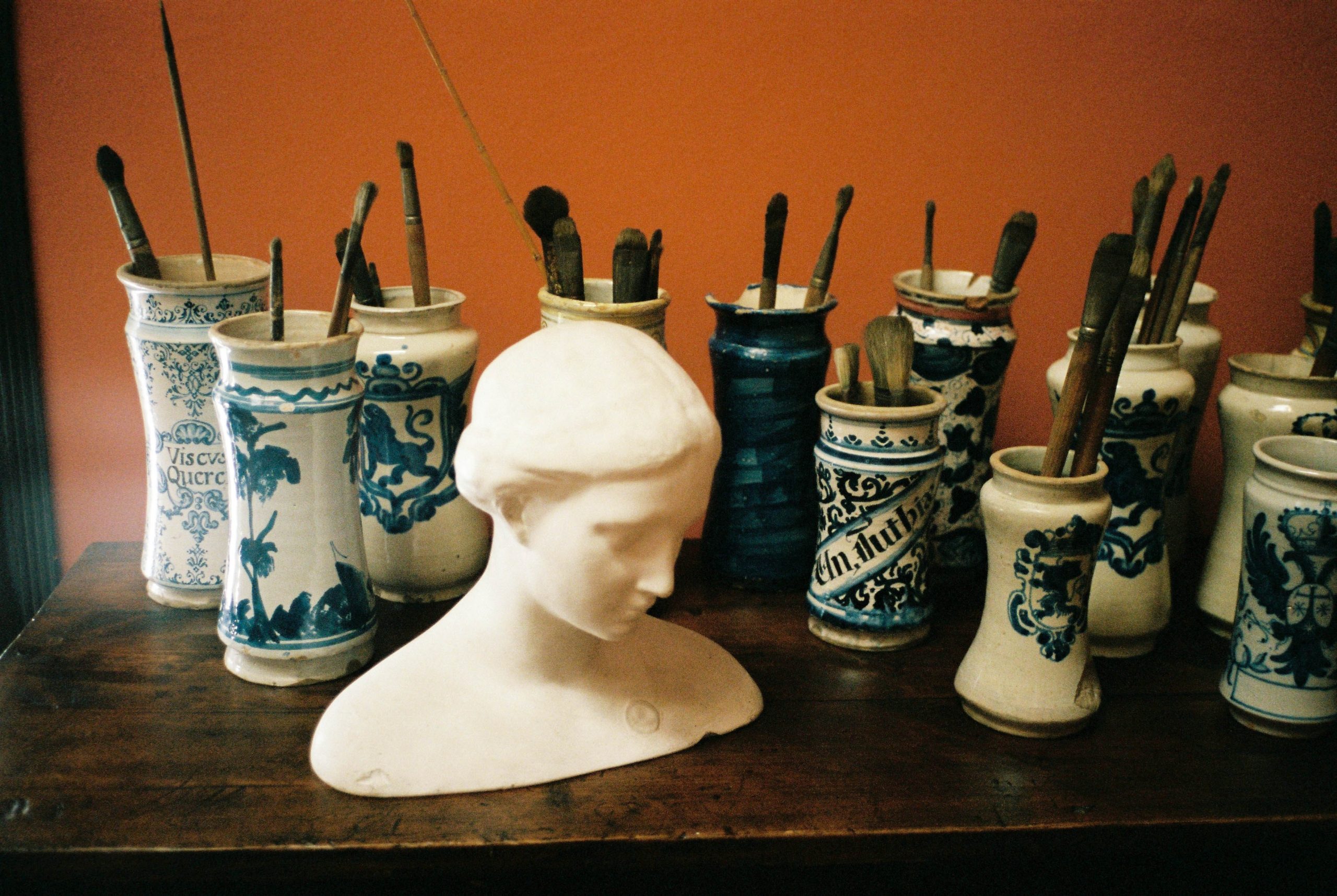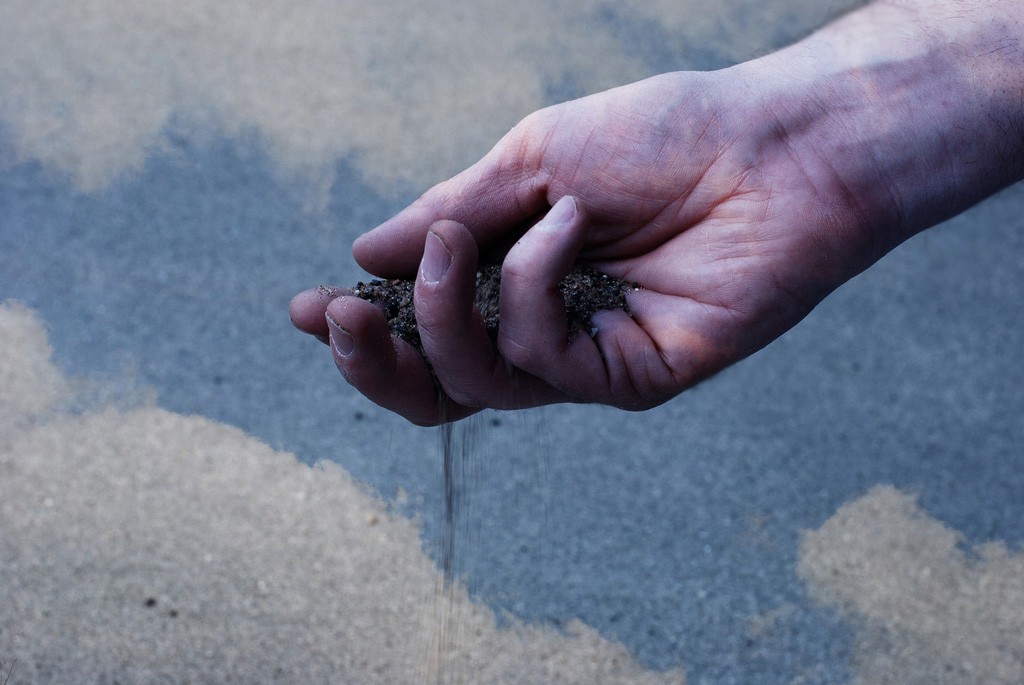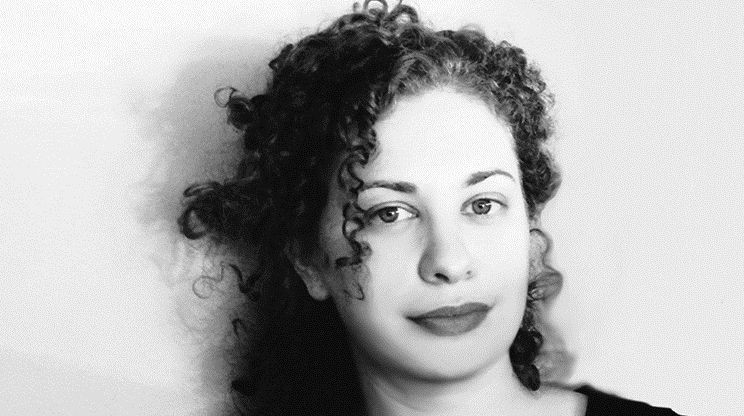interviews
Lisa Ko on Making Memory Under Capitalism
"Memory Piece" is about existing in an age of surveillance and creating art in an era where identity itself is commodified

A performance artist, a coder, and community activist walk into one another’s lives. Rather, they meet as children at a Fourth of July barbecue for Chinese immigrant families. What unfolds in Lisa Ko’s Memory Piece is how their friendship evolves, as they wrestle with their individual ambitions and collective social issues. Ko’s decades-spanning novel takes us from the early days of the Internet in the 1980s to a dystopian future in the 2040s. We stay with Giselle (performance artist), Jackie (web designer and coder), and Ellen (organizer and activist) throughout, seeing how their lives respond to the turbulent world around them.
A theme that ties the three characters together is that of the archive. Giselle crafts elaborate, self-documenting archives as part of her art pieces. Meanwhile, Jackie is an early creator of the web archive and Ellen becomes a living archive of community activism. Filtered through the perspectives of these three characters, Ko’s second novel questions why we try to remember and document our lives. Ko also offers a poignant meditation on late-stage capitalism: what it means to exist in an age of surveillance and government tracking, what it means to create art in an era where identity itself is commodified, and what it means to find purpose.
It was a joy to chat with Ko on the phone about what it meant to create art under capitalism, how memories are being digitized, and the “leaky container” of Asian American identity.
Jaeyeon Yoo: How did Memory Piece begin?
Lisa Ko: I started writing it in the fall of 2016, which was that in-between period when I sold my first novel, and before that first novel, The Leavers, came out. I was thinking a lot about making art under capitalism, and reminiscing about being a kid and writing stories—without thinking of it as a career. You know, the fun, unfettered creativity of those times. I started writing about these friends who met in childhood and were collaborators. I was reflecting on the kind of friendships that move in and out of your life, where you all are really different and your relationships have changed, but also you have this really profound impact on one another without even realizing it.
I’ve also always been interested in these performance artists, with these almost absurd durational performance pieces. I was thinking about what needs to be set up in your life to literally live inside a room for a year by choice, or where you’re tied by a rope to another artist. I was playing with that in my character Giselle, who’s also an artist: what kind of art could she make?
JY: Speaking of performance art, this was such a rich novel for cultural references. Could you talk more about the artists, cultural works, and/or collectives that inspired this novel? I was thrilled to see it talk about Rope Piece.
LK: Yeah, definitely [Techching] Hsieh’s work. Also the artist On Kawara, who did this project where he painted the date every day for 50 years. I think there’s something in the regularity and rigor of it and just this idea, of the passage of time being the art itself, that kind of spoke to me around the themes of memory, art, and labor. I love the work of Adrian Piper as well. And then, there’s the time in which the characters are growing up in—zine culture, early internet culture of the 90s were things that they were participating in and responding to.
JY: This came up a little bit with the durational aspect of the performance or this you talked about.
I’ve always had this anxiety about time and how I use my time.
LK: I’ve always had this anxiety about time and how I use my time. I think it’s definitely having both grown up in an immigrant family and also being an only child, an only grandchild. There is always this knowledge that my family’s history sort of ends with me. I’ve kept a record, ever since I was five years old. Writing in a daily journal had to be a part of my daily practice.
JY: And with that anxiety around time is loss, right? We begin the novel with the lost notebooks of Giselle Chin. I guess what I’m trying to say is that the threat of loss—disappearance, invisibility, erasure—must be present for records to exist at all. Loss is such a prominent current in the book, and I’d love to hear you talk more about it.
LK: The novel is both looking back and looking forward, thinking of how things change: what have we lost and where are we going? Something I think about a lot is how destroying memories is a way to assert power. Whether it’s banning the teaching of certain histories, or destroying educational and cultural institutions, or even buying social media platforms and websites becoming obsolete. All this stuff disappears. There’s such violence and power in that kind of rewriting that affects not only the past and present, but also the future. What can we do about that? We’re so dependent. Our memories are being digitized and we don’t actually own the technology, so they could be no longer accessible, right?
JY: Yeah, I was freaked out by how this book showed the very dangerous side of documentation. Not all record-keeping is like Gisele’s art making and self-archiving; the government tracking in the 2040s future section is really intense.
LK: I was just thinking about those early days of the Internet, where everyone was like, “We’ll just put everything online, it’s fun!” Now, twenty years later, we are obviously much more suspicious. I went through my things a few years ago and destroyed a bunch of journals. I was thinking how I have so much paper and documentation. What do I actually want to carry around with me? What do I want to leave behind? What can be used against us? What is valuable to keep?
JY: On that note, I wanted to circle back to your beginning question—of what it means to make art under capitalism, and how that plays out in Memory Piece.
LK: For me, there’s always a sort of tension around art work not being like real work. What’s the value of it? What is it making? Is it making you money? There’s an essay by Alexander Chee in his book, How to Write an Autobiographical Novel, where he writes something like, “Time is our mink or Lexus or mansion.” In other words, writers will give anything to have time to write. Time is the valuable commodity. That’s a through-line for the characters and affects the choices they make, whether it’s Giselle living in a mall for a year [as a performance piece] so she doesn’t have to pay rent or get a day job. Like Jackie working at this job that she hates, so that she can make money for her passion project. Or even Ellen, who refurbishes an abandoned building; if she doesn’t have to pay rent, she’s rich in time and can pursue the work and projects she wants to.
Destroying memories is a way to assert power.
I think for all of us, there’s also that tension between wanting to create for yourself and then being dependent on the people who are distributing or funding the art. For writers, that’s often publication in the marketplace. It’s always a challenge, of not wanting to respond to that [economic need] when you’re creating, but also having that be the reality of what makes it possible for work to get out there. That’s something that’s very prominent in the book, too. There’s Giselle, who just wants that sense of fame and recognition, but also feels stifled by the demands of what’s expected of her, if she receives funding that she needs. What is possible to create outside of that space?
JY: Then there’s also the matter of activist art. For me, the political praxis and potential of Asian America—its activist lineage, its intentionally radical origins—is so important, extending beyond a matter of pure “representation” in art. That’s why I kept thinking of something Ellen said in the book, about “outgrow[ing] the limitations of Asian American identity as a political home.”
LK: I just think of what’s changed over my lifetime, which also parallels lifetimes for the characters as well. I was thinking about the leaky container of Asian America as a category, and how non-monolithic it is. Writing the character of Ellen made me reflect on what’s changed in the past twenty or so years. What I feel is more awareness and political awareness around the limitations of that [identity] category, and the power in connecting our struggles to other struggles. The power of being aware of our differences.
I feel like what [my previous book] The Leavers and Memory Piece have in common is that they both look at the relationship of Asian Americans to the US imperial project. They both also touch on the gap and tension between the stories we are told and stories we tell ourselves, and the importance—and complications—of community.
JY: As I prepared for this interview, I was reading Surface Relations by Vivian Huang, which is an academic book on Asian inscrutability. Huang takes this stereotype of the “inscrutable Oriental” and shows how Asian American artists have strategically used inscrutability—whether that’s invisibility, unreliability, or even disappearing like Giselle—as a form of queer resistance. I was so struck by how both Surface Relations and Memory Piece emphasized the generative potential of invisibility, and I’m curious to hear your thoughts on it.
LK: I feel like there’s definitely a power in invisibility, which is interesting because it’s normally framed as being something very negative. The first thing that came to mind when you were talking was around this techno-fascism that runs throughout both our current moment and the future in the book. Like, are we all just creating content for meta and AI? There’s a power and also an advantage, in some ways, to being not findable in this age of surveillance.
JY: Did you always envision a large time frame, spanning decades and extending into the future, for this project?
LK: Even in the very first drafts, I was envisioning a structure where a character is looking back, with a past and present slash future storyline. I was interested in looking at how past relationships impact the present moment. It felt like a natural progression—when you’re writing about the past, the scenes that take place in the ’80s and ’90s, it’s inevitable that you start to think, “What’s changed since then, and what might continue to change?” It was a challenge. I didn’t want to be too specific about something that might not happen, but also wanted to create a felt world.
JY: So the book ends in a speculative future, but we don’t really have the characters with us anymore [it concludes with photos and an archive inventory]. What was your decision behind including these multimedia elements?
LK: The form and aesthetics of Memory Form mimics the different forms and aesthetics that the characters participate in throughout their lives. I think about how the book becomes an archive itself, at the end. I went to library school, so the collections and archives are based on that kind of formatting. Hopefully, the reader is mapping out the meaning and connection between the different [media in Memory Piece]. I like to think of it as fading out on a kind of hopeful note, the pictures creating a storyline of their own.









